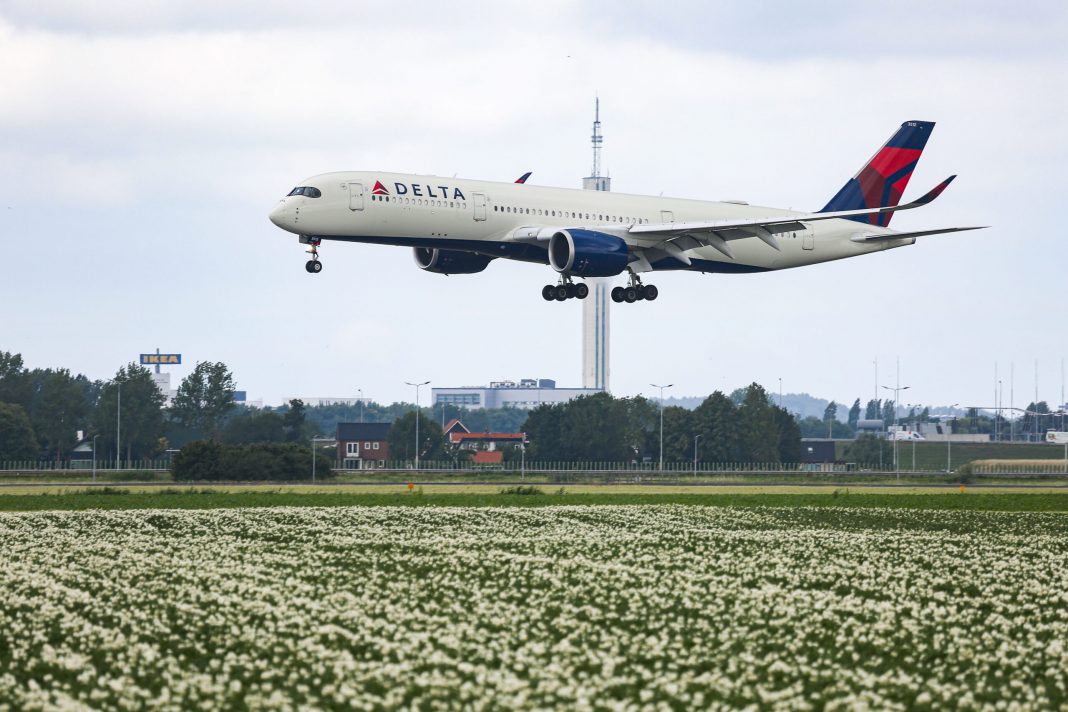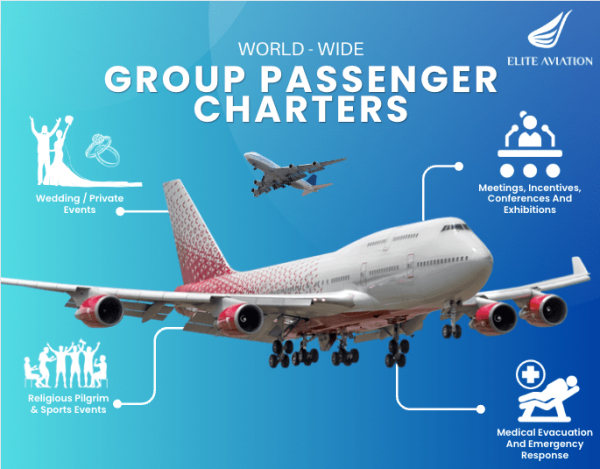Turbulence is one of the mainstays of air travel. Like the ocean storms of the age of sail, turbulence is linked with flying. We all know about the mild bumps that wake us up from sleep to the downright terrifying stories of a plane falling a thousand feet in twenty seconds. But one airline has started to remove this ‘fact of life’ from their operations: Delta Air Lines.

Delta Air Lines claims it has less turbulence than the competition
In 2016, Delta Air Lines launched a Flight Weather Viewer app that gives its pilots a greater understanding of the weather they encounter around the world. Delta’s pilots can access the app on their flight bat tablets that fly with Delta pilots and are mounted in the flight deck.
Pilots can then input their flight plan and see a depiction of turbulence relative to their flight plan. The app will show the relative intensity of the turbulence. Since turbulence affects aircraft differently depending on size, pilots can make an independent assessment. One area might be rough for an Airbus A220, but fine for a Boeing 767.

As you can see from the above screenshot, pilots can determine whether they need to make any adjustments. For lighter turbulence that may only last for a few minutes inflight, it is unlikely that a pilot will alter their flight plan, but rather warn the cabin ahead of time. Heavier turbulence, however, might lead a pilot to determine they need to adjust their routing.
What is turbulence?
While most passengers will recognize turbulence when they fly through it, turbulence itself is a sudden, strong, and uneven movement of air currents. It occurs both naturally and unnaturally, with some turbulence coming from the wakes of other aircraft and natural occurrences, including storms and mountains. Turbulence and wind shear are two very different things.

How do other airlines deal with turbulence?
Like much of the aviation world, pilots can learn of turbulence in multiple ways. A plane will fly along a specific route and either be warned by local air traffic controllers about a rough stormy area or if they themselves experience a rough patch. Aircraft are also equipped with a weather radar display. Pilots know that turbulence can be associated with weather events such as thunderstorms, which pilots can then route around.
Other pilots following the plane nearby will avoid the dangerous sky and move around the patch, burning fuel and delaying their arrival. Of course, there is no guarantee that they will avoid it, as the size and scope of the turbulence are unknown.

Other items, such as clear air and wake turbulence, might not be known to pilots unless they receive information from air traffic control. This kind of turbulence can sometimes come with little to no warning, causing a few jolts in the cabin.
Why is turbulence a problem for airlines?
While some passengers may be more comfortable on an airline that claims to have less turbulence, few passengers will likely determine the carrier they book with solely based on turbulence. Instead, Delta itself will benefit from less turbulence affecting its aircraft.

According to NASA, turbulence can cost airlines up to $100 million a year. This comes as airlines either alter their routes midflight to fly around turbulence or descend to fly under it or climb to fly over. All of these responses require adjustments that could burn more fuel and delay arrival, which then could have knock-on effects throughout the system, impacting an airline.

In addition, some more severe turbulence can cost airlines hundreds or even thousands of dollars in repairs if there is any interior damage, added fuel costs, or, more severely, a diversion due to passenger or crew injuries.
Incidents of turbulence
Turbulence still impacts Delta Air Lines. While Delta’s tracking can help reduce the number of severe turbulent incidents the airline faces, not all flights escape. Most passengers will likely encounter some light or even moderate turbulence. However, some more severe incidents have occurred.
Two notable instances happened in February 2019. First, a Delta Connection Embraer regional jet had to divert after passengers and crew encountered some incredibly harrowing turbulence. Then, an Airbus A319 suffered extreme turbulence, injuring four passengers.

Outside of Delta, an American Eagle flight this summer encountered turbulence, injuring a flight attendant. In the spring, an ANA Boeing 737 encountered turbulence, injuring a flight attendant. And, in January, a Qantas aircraft flew into a bushfire cloud, experiencing turbulence. Last December, news broke of an American Eagle flight attendant breaking their ankle. More information came about as to how a Thomas Cook flight attendant also broke their ankle due to turbulence.
These incidents show that turbulence is a part of aviation, whether we like it or not. As the industry continues to advance, carriers are studying new ways to avoid turbulence and make flights safer and quieter. Delta is taking a stab at using technology, and plenty of other airlines will also harness technology to reduce turbulence.
Has turbulence impacted any of your flights? What do you think of Delta’s strategy to minimize turbulence? Let us know in the comments!
[ad_2]
Source link


